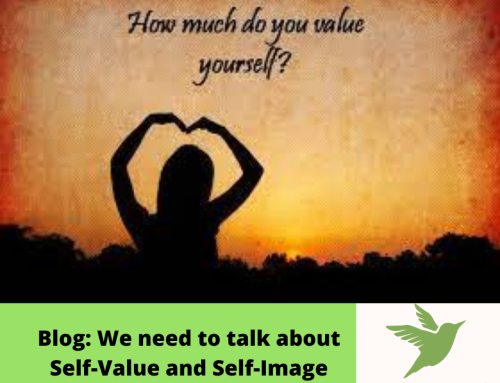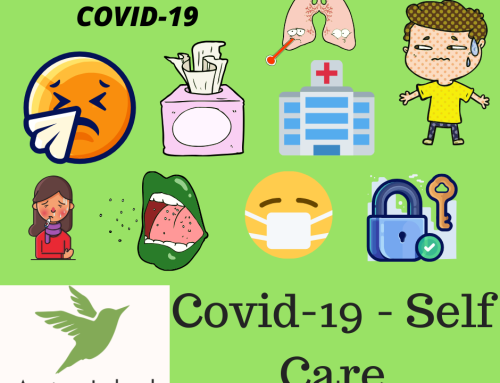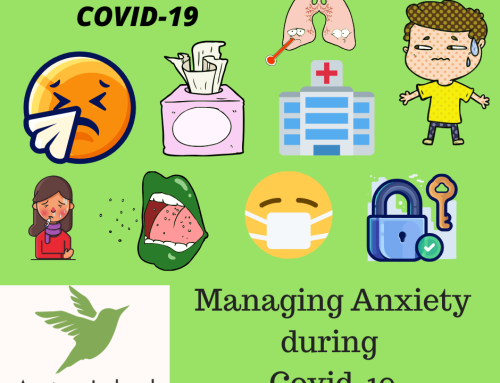We all have many parts of ourselves that come out in different situations. This is normal, and is self-evident in how we talk, for instance it’s normal to say: “a part of me would like to go out tonight, but another part of me would rather stay in”.
In this case we weigh up what is right for us and make a choice. However, when parts come out when we do not expect them to, they may cause us problems.
But if we integrate and accept them, we can function better with wholeness, kindness and positivity while getting our emotional and other needs met.
A conflict arises when a part of us comes in friction with the rest of us or other parts. Problems can arise too if we over identify with a part and that part is threatened, then we may feel like our whole life is threatened (retirement is a challenge of identity and parts for examples).
Trouble is also common when this part we may have developed for protection has turned destructive or no longer serves its purpose.
Some classic parts in all of us are: the inner child, the inner critic, the worrier, the should monster, the blamer, the victim, the hero, the game player, the saboteur, the sceptic, the parent, the achiever, the romantic, the athlete, the king/queen, the survivor, the academic, the rebel or the abuser (self or others). This list is not exhaustive, and we can contain dozens of parts or even parts of parts.
Each part may form a piece of our personality, but it is not the whole us. We are all these things and more, and what’s more we can learn to get along with our parts.
You may ask yourself: “Is there a part of me that I’d like to get to know better?” “What part is here right now or is active when I have trouble?” “What do I notice in or around my body?” “How do I sense or experience it?” “Does it feel alright to focus on it right now or are there concerns about doing that?”
Checking for Self-Leadership: Once you have located a part you would like to work on check the following: “How do I feel towards this part? Do I feel open to it?”” “How do I experience the quality of the connection with this part?” “Is there a heart connection there or is something else going on?” “How do I feel as I look at the part?”
Being Present: How close are you to the part? How close can you get to the part? Close enough to sense what it is feeling, but not so close that it overwhelms you? Is it possible to stay very present with this part – no pushing – no rushing – no agenda?
Unblending (if necessary): Blending happens when a part takes you over, often saying it feels like you. Remember: if the experience of yourself is not that you feel easy, open and relaxed then chances are a part is blending with you (anxious/depressed/annoyed/unhappy etc).
Unblending and getting access to Self is the heart of parts work, and it is often difficult to do. Be patient and know that it will become easier. One approach is to remember a time in your life when you felt calm, or a sense of inner peace; felt full of love or compassion for someone. You can begin to separate parts from Self by asking various questions.
• “Would you separate from me, so that I can look at you and get to know you?” (If this is the part that you are trying to get to know)
• “Would you consider stepping back or out of my body into a witnessing role?” (If this is not the part you are trying to get to know)
• “What are you concerned might happen if you did step back?”
Keep working with your parts and remember that the they all originally developed to serve you. As you appreciate them for their work and reassure them about their concerns, they will begin to trust you.
Creating Trusting Relationships When you are in Self Leadership, you may experience compassion towards the parts that are hurting or hurting you in some in some way. If there seems to be sufficient ‘Self’ energy (such as calmness and curiosity) let the part know:
• That you are aware of it
• Who you are (and how old you are) so it doesn’t confuse you with another part
• That you would you like to send it your acceptance/appreciation/compassion/love
Techniques for getting to know your Parts:
Personalizing: There are various ways to get to know your parts. Concretise If they are willing to unblend a little from you then you can choose an object or image to represent them. Give them a name that fits, sometimes if the part is destructive the sillier the better, but it can also be sweet.
Say for example a young girl part would like your attention, you could name her Susan, select a doll, a rock, a piece of wood, whatever she would like and place it (her) in your home where you could acknowledge her each day
Journaling: Journaling is another technique; we can journal from part to part or part to Self. Divide the page in 2 and start the dialogue on the left-hand side, then continue from another part on the right.
This can be good if writing as the self-using the dominant hand and as the part using the non-dominant hand. Asking questions back and forth such as those above. What are your needs? How can I help you when you are scared/worried/angry/etc.
Email: You can set up an account for your parts. For example, if someone is driving you crazy and you are mad at them (your firefighter is triggered) then you can fire off and angry email to your own designated account. Later when the firefighter energy has cooled you can open it, witness the firefighter, and perhaps enquire about the exile to which it is connected.
Video: If you have a webcam you can make short videos for yourself speaking from a blended part. You can then review them later and learn about what that part is holding.
Sensing with compassion: when a part is active, instead of panicking, overthinking, or reacting with a parts energy, try instead to sense what is underneath. Stay with the emotion/energy, don’t ask it to change.
Now allow a smile to come over your face and a smile in your heart to find you. Send love to this pain and compassion for what it is going through. Do not manifest the pain into action, transform it with love and compassion.
If anyone reading this would be interested in hearing more about working with parts of themselves or on anxiety in general via online or video sessions please feel free to message me through our Facebook Page, to call/text me on 087 063 0948 or email: info@anxietyireland.ie.
I’m always delighted to explore how sessions could help people to cope during a difficult time.
Thanks for reading and please like, share or comment if this was useful!
Stay safe,
Michael Ledden
Founder
Anxiety Ireland
Anxiety is like a merry-go-round, going nowhere, it’s time to step off




